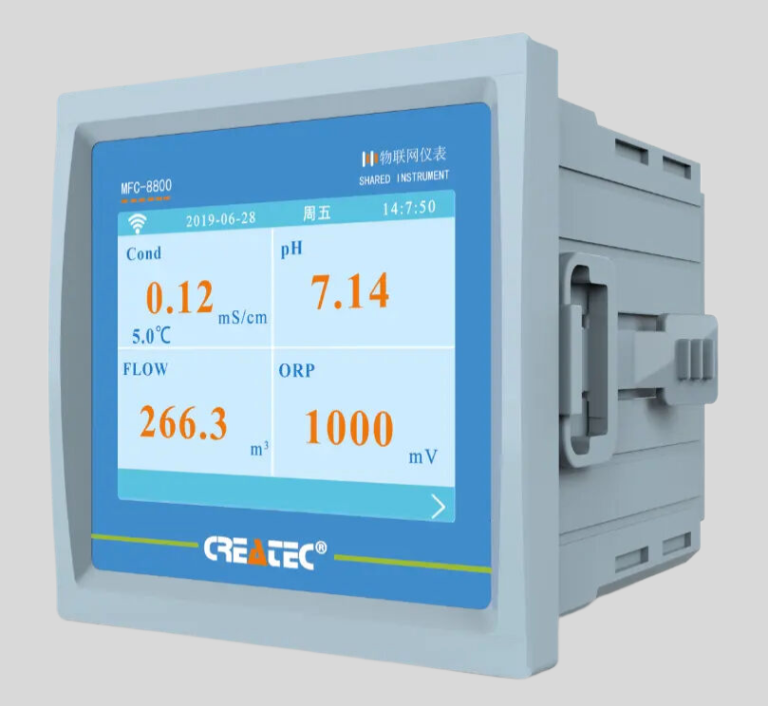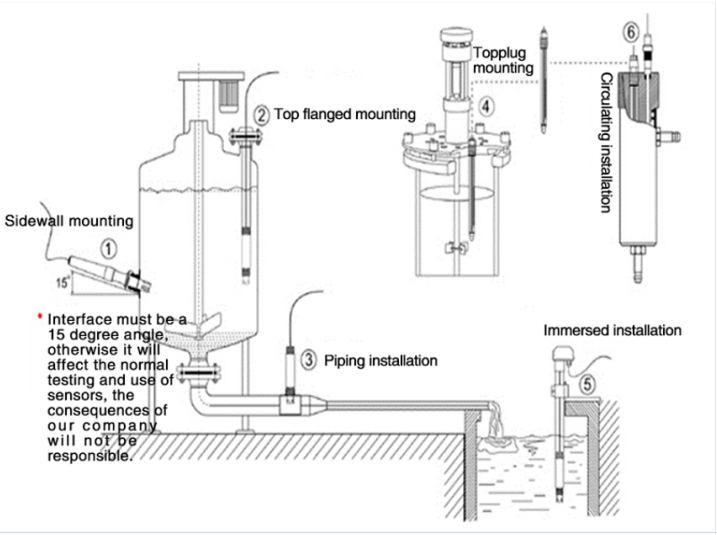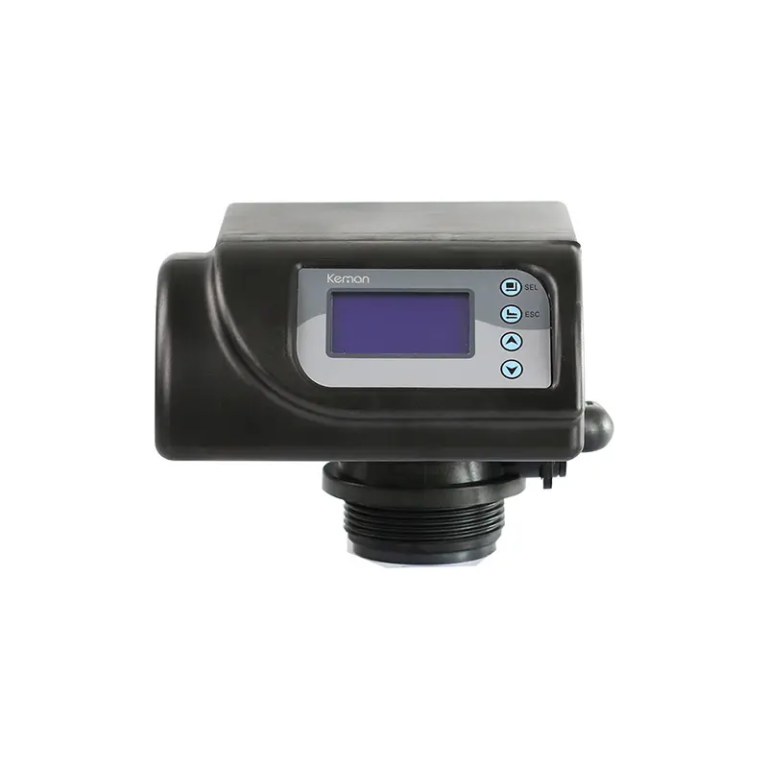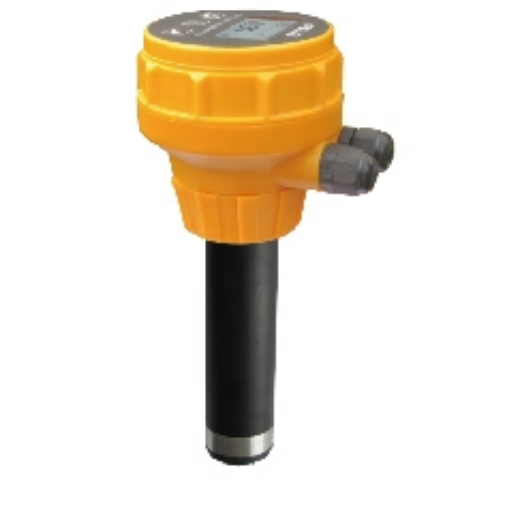Table of Contents
Importance of Regularly Testing Your Fish Tank Water Quality
Maintaining a healthy environment for your fish is crucial for their well-being and longevity. One of the key factors in ensuring a healthy fish tank is regularly testing the water quality. Fish water test kits are essential tools for monitoring the levels of various parameters in your aquarium, such as ammonia, nitrites, nitrates, pH, and hardness. These parameters can fluctuate due to factors like overfeeding, overstocking, and inadequate filtration, which can lead to stress, illness, and even death in your fish.
Regularly testing your fish tank water is important for several reasons. Firstly, it allows you to detect any imbalances in the water parameters before they become a serious problem. For example, high levels of ammonia or nitrites can be toxic to fish, causing stress and potentially leading to diseases like fin rot or ammonia poisoning. By regularly testing your water, you can catch these issues early and take corrective action to prevent harm to your fish.
Secondly, testing your water regularly helps you to maintain a stable and healthy environment for your fish. Fluctuations in water parameters can stress fish and weaken their immune systems, making them more susceptible to diseases. By monitoring and adjusting the water parameters as needed, you can create a stable and optimal environment for your fish to thrive.
Fish water test kits are easy to use and provide accurate results, allowing you to quickly assess the quality of your aquarium water. Most test kits come with detailed instructions on how to perform the tests and interpret the results. Some kits even include multiple tests in one, making it convenient to monitor several parameters at once.
When testing your fish tank water, it’s important to follow a regular schedule to ensure that you catch any issues early. Testing once a week is a good starting point, but you may need to test more frequently if you have a heavily stocked tank or if you’re experiencing water quality issues. Keeping a log of your test results can help you track changes over time and identify any patterns or trends that may indicate a problem.
In addition to monitoring the water parameters, it’s also important to take action to correct any imbalances that you detect. For example, if you find high levels of ammonia or nitrites, you can perform a water change to dilute the toxins and improve water quality. If the pH is too high or too low, you can use products like pH buffers to adjust the levels and create a more suitable environment for your fish.
In conclusion, regularly testing your fish tank water is essential for maintaining a healthy and thriving aquarium. Fish water test kits are valuable tools that allow you to monitor the levels of various parameters in your tank and take corrective action as needed. By testing your water regularly, you can prevent problems before they arise, create a stable environment for your fish, and ensure their well-being and longevity. So, make it a habit to test your fish tank water regularly and keep your fish happy and healthy.
Comparing Different Types of Fish Water Test Kits
Fish water test kits are essential tools for any aquarium hobbyist looking to maintain a healthy environment for their aquatic pets. These kits allow you to monitor key water parameters such as pH, ammonia, nitrite, and nitrate levels, which are crucial for the well-being of your fish. There are several different types of fish water test kits available on the market, each with its own advantages and disadvantages. In this article, we will compare and contrast some of the most popular types of fish water test kits to help you make an informed decision about which one is right for your needs.
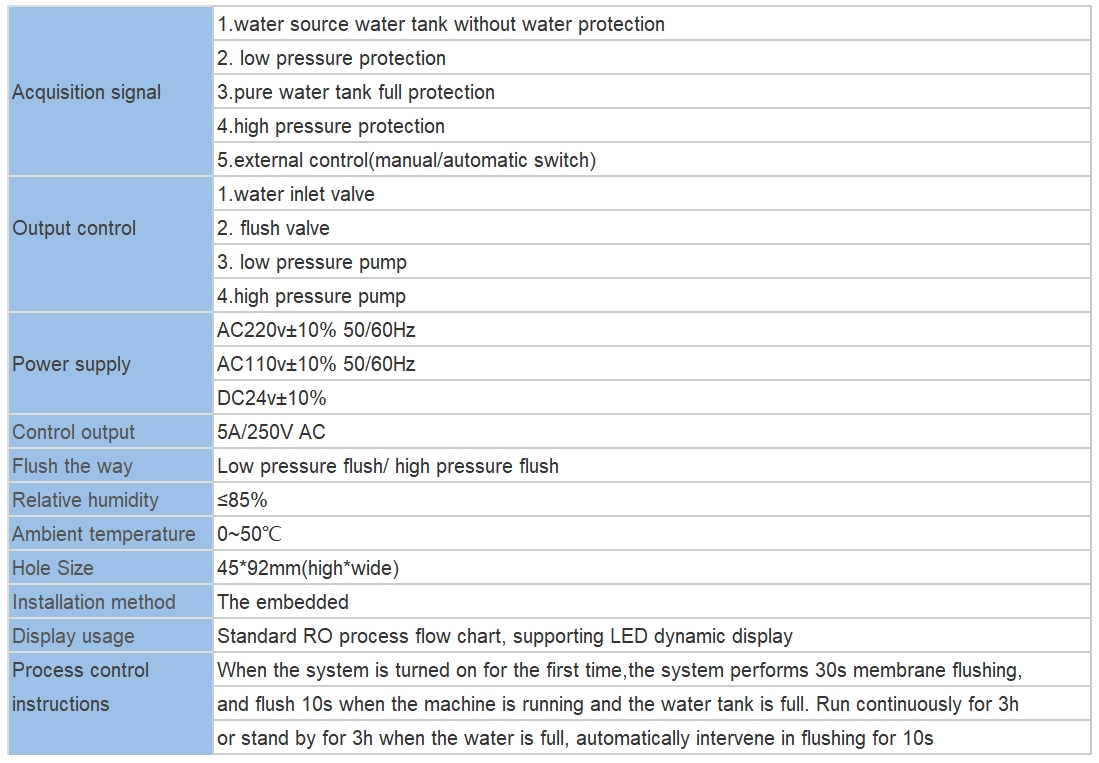
One of the most common types of fish water test kits is the liquid test kit. These kits typically come with a series of reagents that you mix with a water sample to produce a color change that indicates the concentration of a particular parameter. Liquid test kits are known for their accuracy and reliability, making them a popular choice among experienced aquarium hobbyists. However, they can be time-consuming to use and require careful attention to detail to ensure accurate results.
Another popular option is the test strip kit, which consists of small strips of paper or plastic that change color when exposed to water. Test strip kits are quick and easy to use, making them a convenient choice for beginners or those looking for a simple way to monitor water parameters. However, test strip kits are often less accurate than liquid test kits and may not provide as precise results.
| ROS-2210 Double-Stage Reverse Osmosis Program Controller | |
| \\u3000 | 1.water source water tank without water protection |
| \\u3000 | 2. Pure tank low level |
| \\u3000 | 3.Pure tank high level |
| Acquisition signal | 4.low pressure protection |
| \\u3000 | 5.high pressure protection |
| \\u3000 | 6.pretreatment regeneration |
| \\u3000 | 7.manual/automatic control |
| \\u3000 | 1.water inlet valve |
| \\u3000 | 2. flush valve |
| Output control | 3. low pressure pump |
| \\u3000 | 4.high pressure pump |
| \\u3000 | 5.conductivity over standard valve |
| Measuring range | 0~2000uS |
| Temperature range | Based on 25\\u2103, automatic temperature compensation |
| \\u3000 | AC220v\\u00b110% 50/60Hz |
| Power supply | AC110v\\u00b110% 50/60Hz |
| \\u3000 | DC24v\\u00b110% |
| Medium temperature | The normal temperature electrode<60\\u2103 |
| \\u3000 | High temperature electrode<120\\u2103 |
| Control output | 5A/250V AC |
| Relative humidity | \\u226485% |
| Ambient temperature | 0~50\\u2103 |
| Hole Size | 92*92mm(high*wide) |
| Installation method | The embedded |
| Cell constant | 1.0cm-\\u00b9*2 |
| Display usage | Digital display: conductivity value/temperature value; Supporting RO process flow chart |
| \\u3000 | 1.Electrode constant and type setting |
| \\u3000 | 2.Conductivity overrun setting |
| \\u3000 | 3.Flush Settings at intervals of * hours |
| Main function | 4.Flushing time setting |
| \\u3000 | 5.RO membrane running time setting |
| \\u3000 | 6.Power on automatic operation/stop setting |
| \\u3000 | 7.Mailing address, baud rate setting |
| \\u3000 | 8.Optional RS-485 communication interface |
For those looking for a more high-tech option, electronic test kits are also available. These kits use sensors to measure water parameters and display the results on a digital screen. Electronic test kits are known for their accuracy and ease of use, making them a popular choice among hobbyists who want precise results without the hassle of traditional test kits. However, electronic test kits can be more expensive than other options and may require regular calibration to ensure accurate readings.
When choosing a fish water test kit, it is important to consider your own experience level and the specific needs of your aquarium. If you are new to fishkeeping or simply want a quick and easy way to monitor water parameters, a test strip kit may be the best option for you. However, if you are a more experienced hobbyist looking for precise and reliable results, a liquid test kit or electronic test kit may be a better choice.
Regardless of which type of fish water test kit you choose, it is important to follow the manufacturer’s instructions carefully and regularly test your aquarium water to ensure a healthy environment for your fish. Monitoring water parameters is a crucial part of maintaining a successful aquarium, and investing in a quality fish water test kit is a small price to pay for the well-being of your aquatic pets.
In conclusion, fish water test kits are essential tools for any aquarium hobbyist looking to maintain a healthy environment for their fish. There are several different types of test kits available, each with its own advantages and disadvantages. Whether you choose a liquid test kit, test strip kit, or electronic test kit, it is important to regularly monitor water parameters to ensure the well-being of your aquatic pets. By choosing the right fish water test kit for your needs and following the manufacturer’s instructions carefully, you can enjoy a thriving aquarium for years to come.

